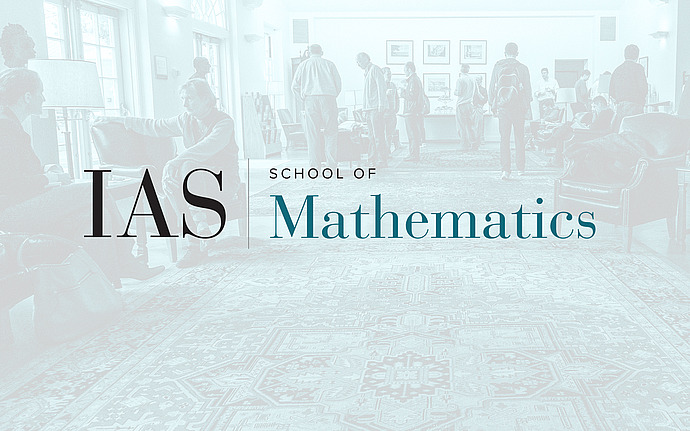
Mathematical Conversations
Higher order Fourier analysis and generalizations of Szemerédi's theorem
Several of the most important problems in combinatorial number theory ask for the size of the largest subset of some abelian group or interval of integers lacking points in a fixed arithmetic configuration. One example of such a question is, "What is the largest subset of $\{1,\ldots ,N\}$ with no nontrivial $k$-term arithmetic progressions $x,x+y,x+2y,...,x+(k-1)y$?". Gowers initiated the study of higher order Fourier analysis while seeking to answer this question and used it to give the first reasonable quantitative bounds in 1998 for $k=4$ and 2001 for all $k$. Two other examples of such questions are, "What is the largest subset of $\{1,\ldots,N\}$ with no shifted geometric progressions of the form $x,x+y,x+y^2,...,x+y^k$?" and "What is the largest subset of $Z/NZ \times Z/NZ$ with no four vertices of an axis-aligned square $(x,y), (x+d,y), (x,y+d), (x+d,y+d)$"? Recent work now gives a reasonable bound for this first question, but none is currently known for the second. In this talk, I'll explain what higher order Fourier analysis is and its relevance to Szemerédi's theorem and generalizations, and state some open questions in the area.